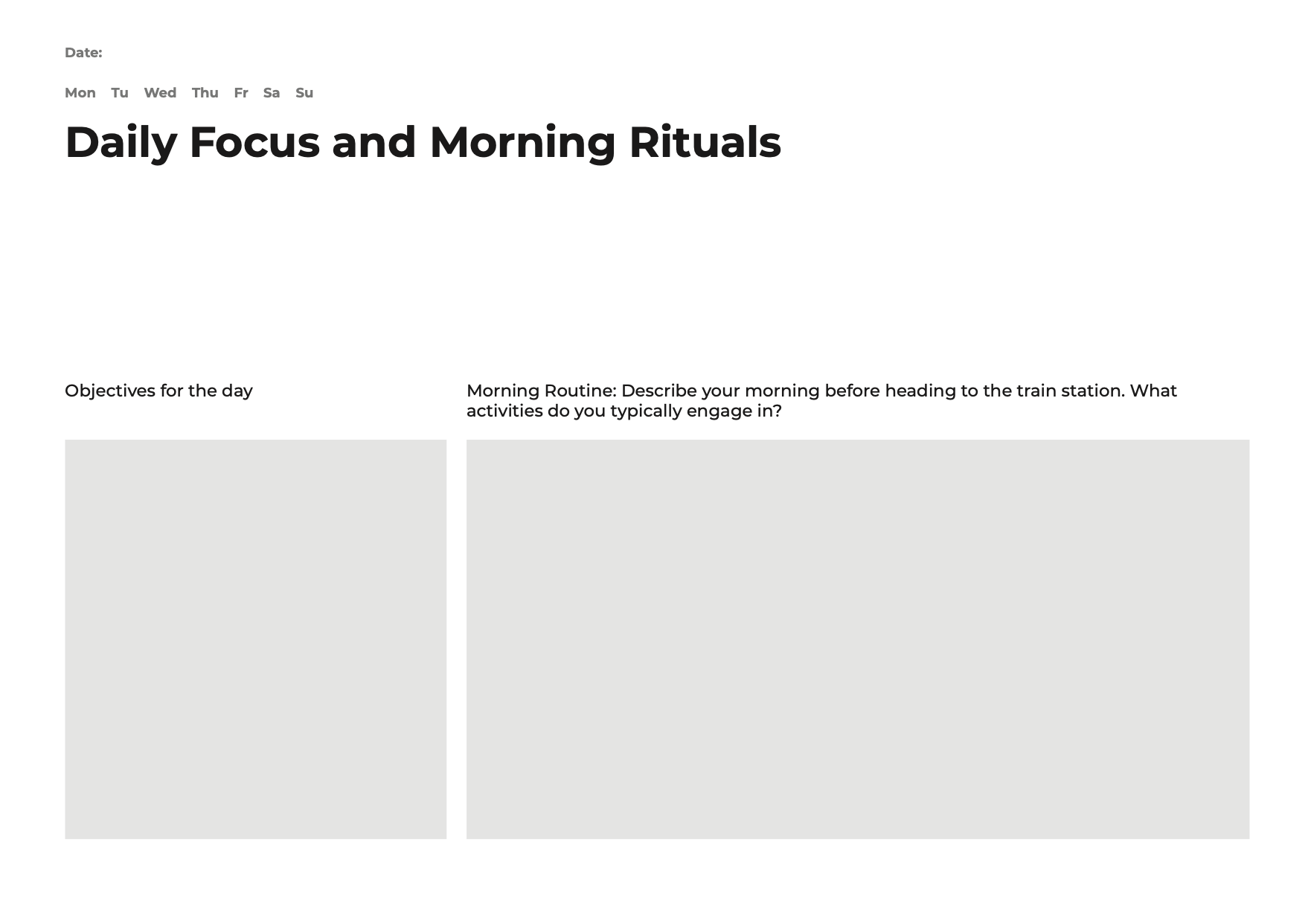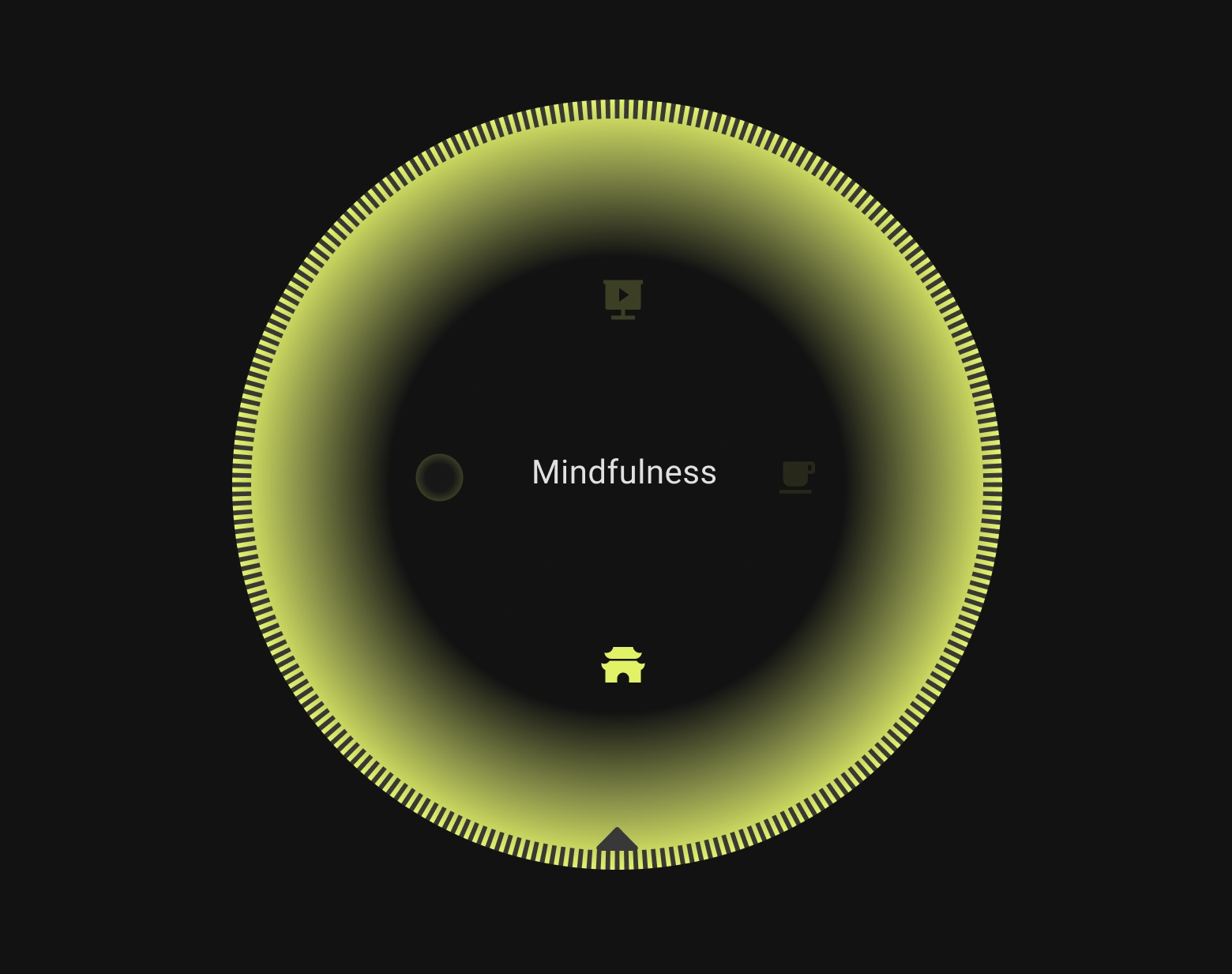![[interface] image of software interface (for a edtech)](https://cdn.prod.website-files.com/6856734bb51eba837adcbfe6/6857cbe968804aea32cf04c8_Candle_2_.png)
Candle
Candle is a context-aware companion app designed to support train commuters in making the most of their travel time. By sensing real-time conditions like noise levels, crowding, and outside scenery, the app helps users choose the most suitable carriage for either quiet work or casual activity.


![[interface] image of software interface (for a edtech)](https://cdn.prod.website-files.com/6856734bb51eba837adcbfe6/686d0d9e8af4c55a4a240cca_Life%20of%20a%20Commuter%20-%20Insights%20extraction.jpg)
![[interface] image of travel tech software interface (for a travel tech)](https://cdn.prod.website-files.com/6856734bb51eba837adcbfe6/6857fb0e0d0b04f86a3e5beb_Candle_5.png)


![[team]](https://cdn.prod.website-files.com/6856734bb51eba837adcbfe6/6857fb0e3538fc9ed8ba646c_Candle_8.png)

![[interface] image of software interface (for a edtech)](https://cdn.prod.website-files.com/6856734bb51eba837adcbfe6/6858127d0d0b04f86a464325_Candle_Mockup1.png)


